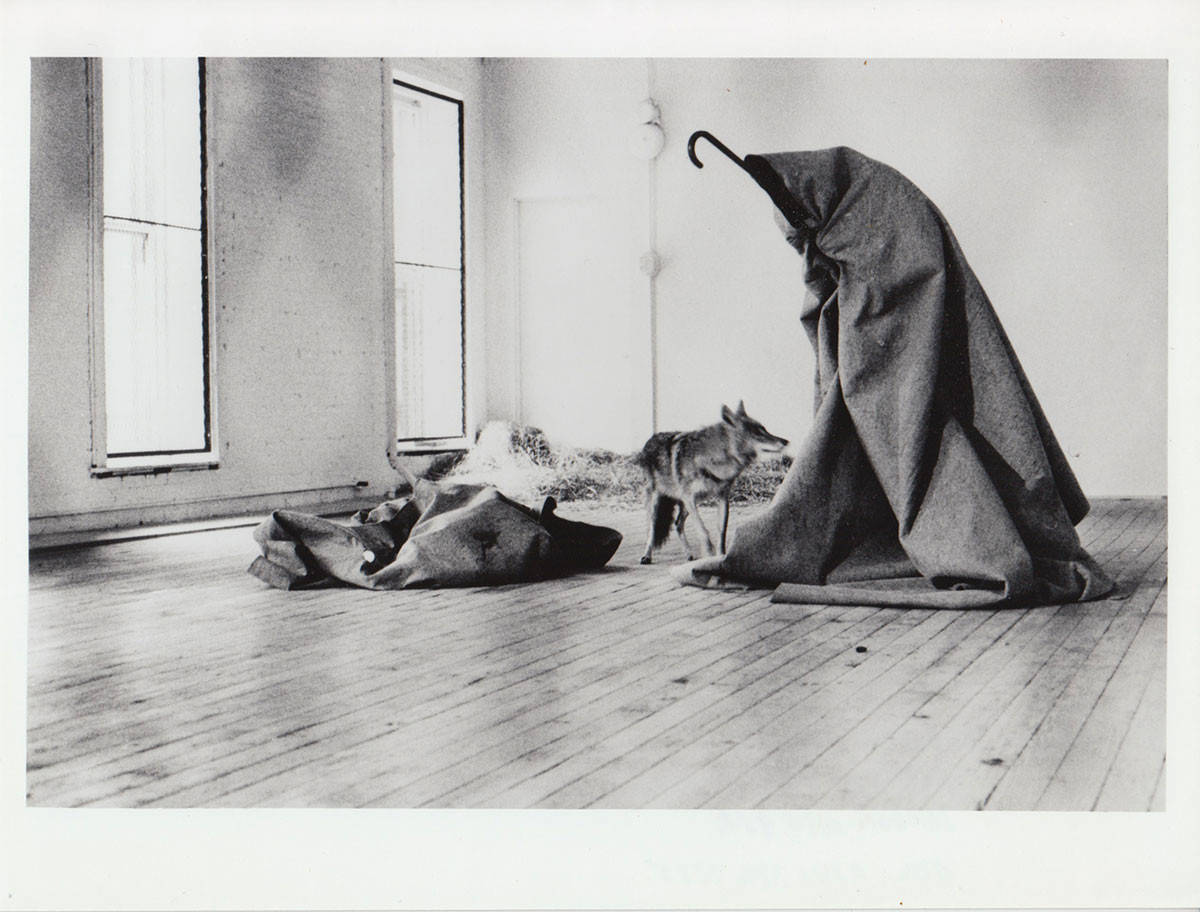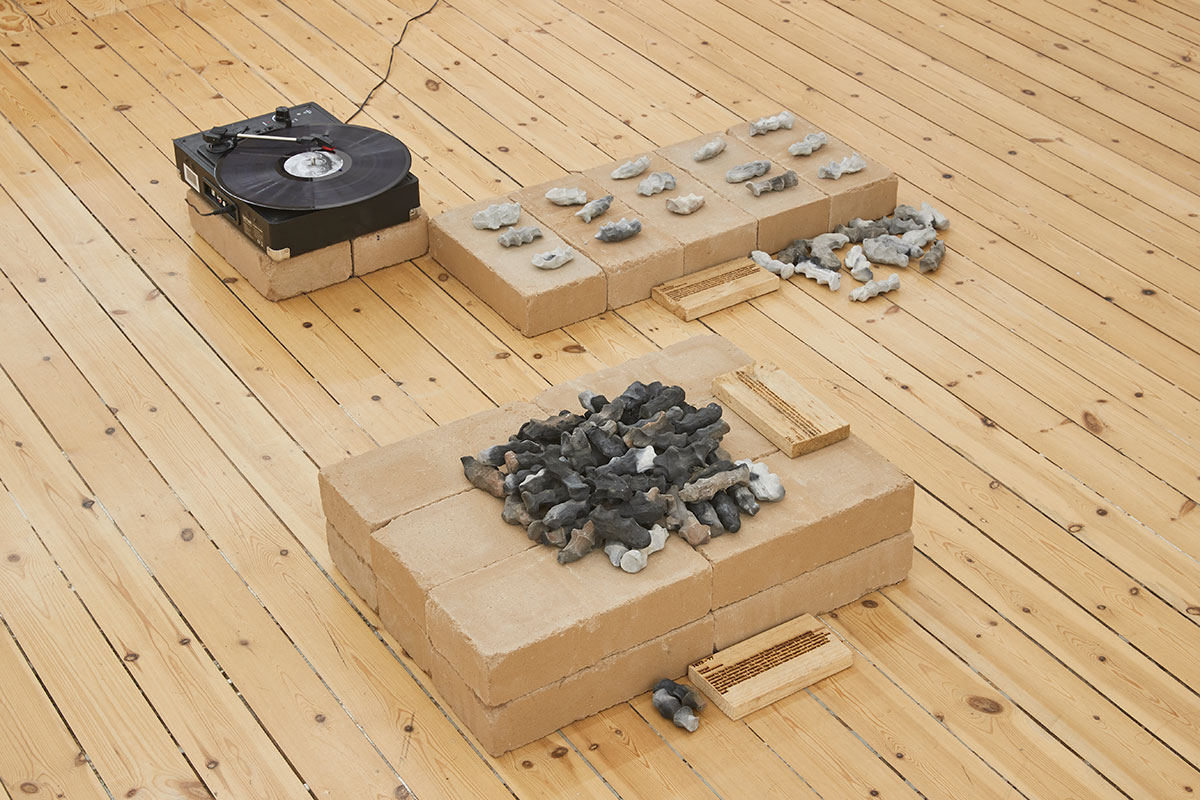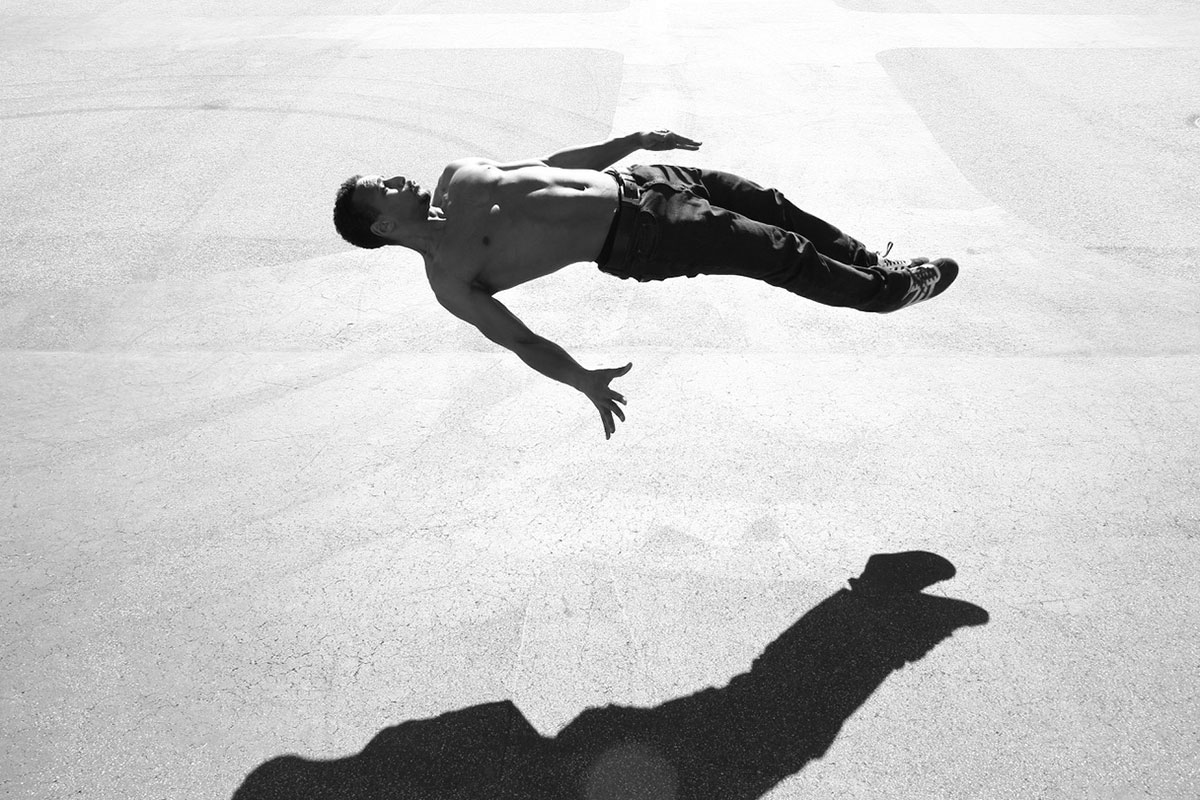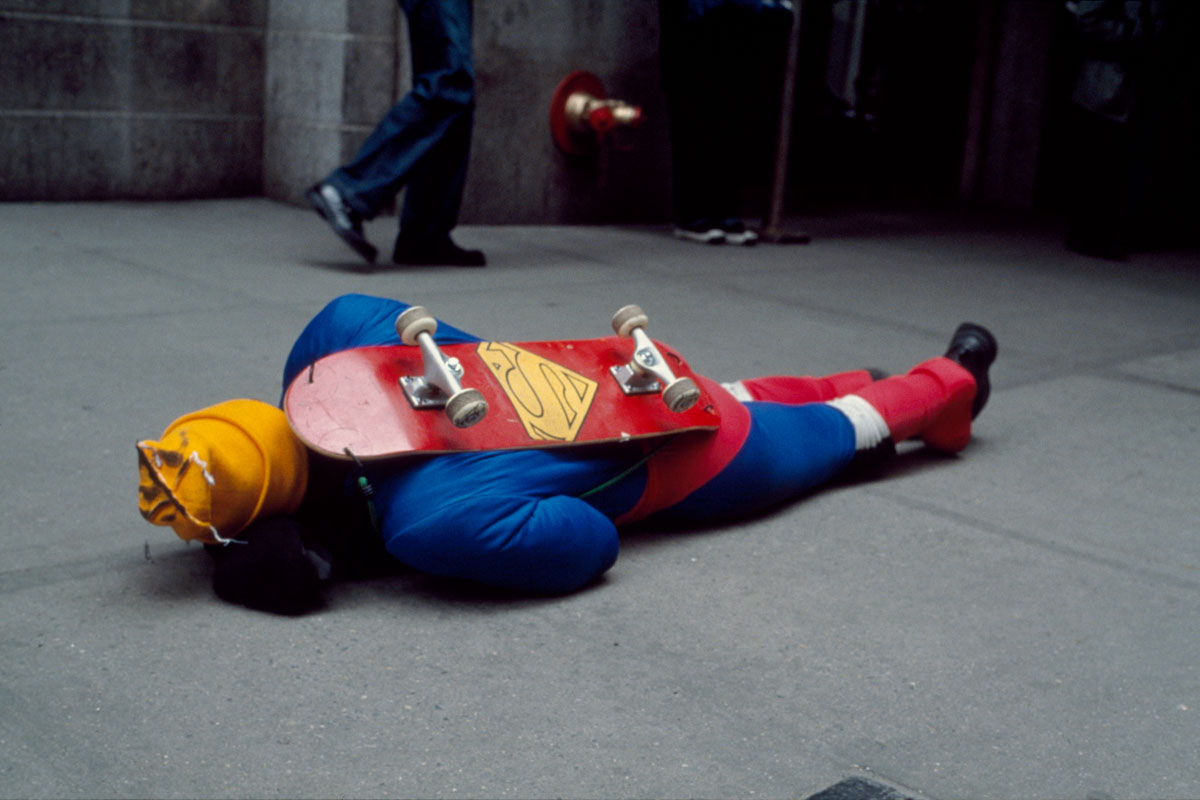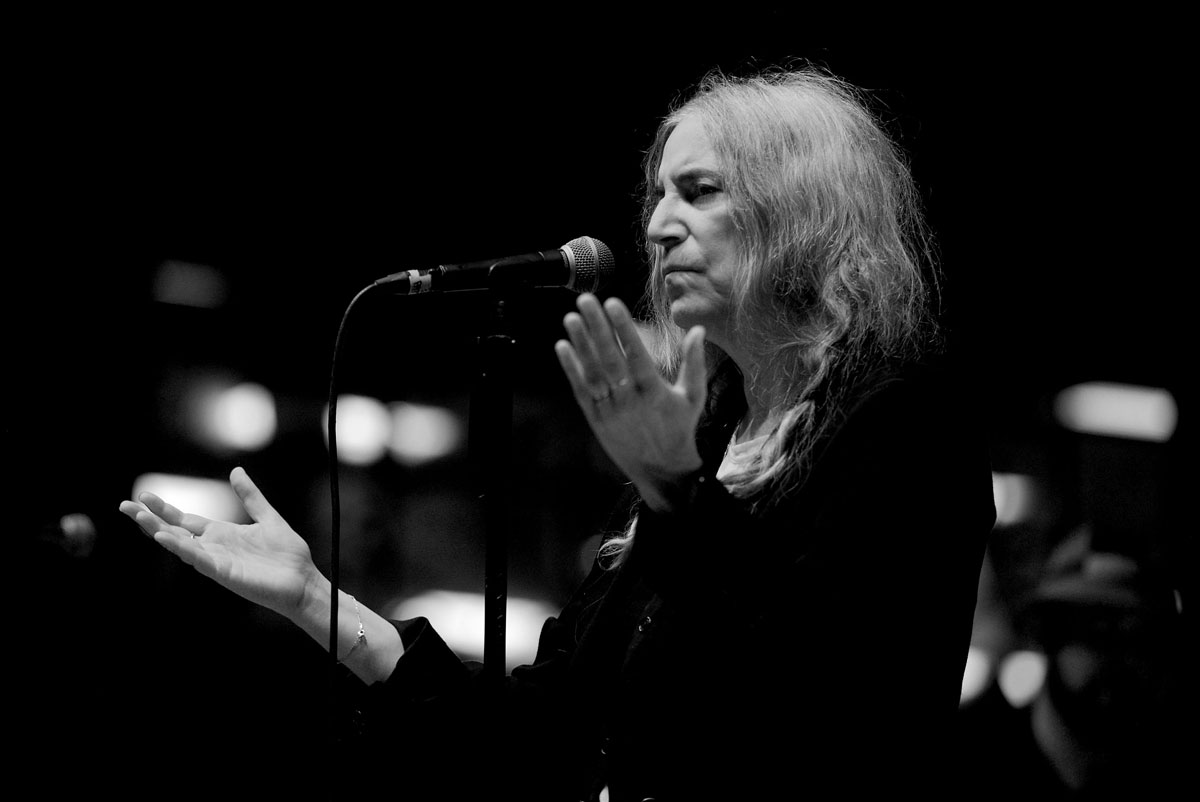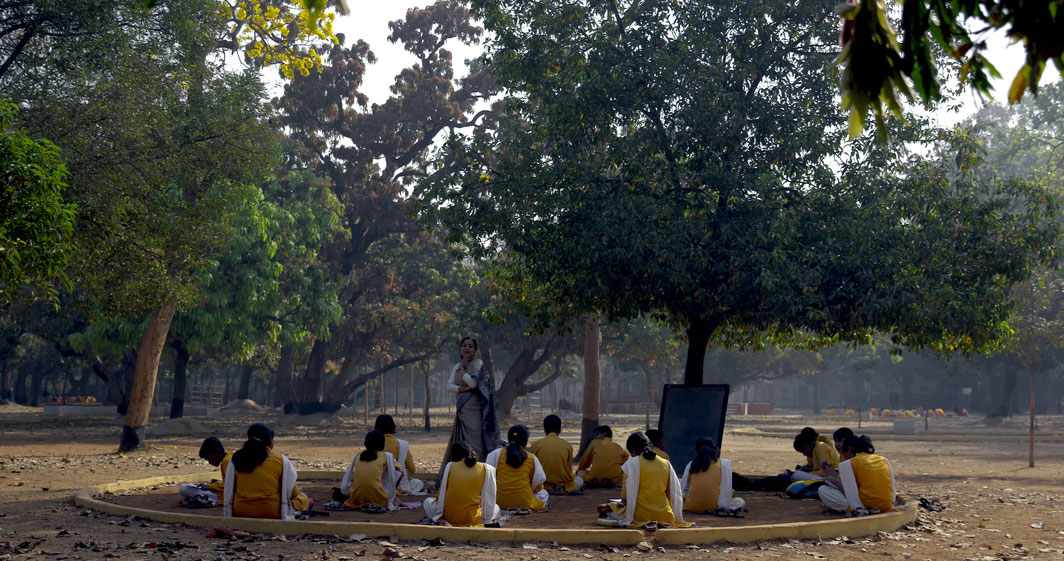ART-PRESENTATION: Everyone Is an Artist. Cosmopolitical Exercises with Joseph Beuys
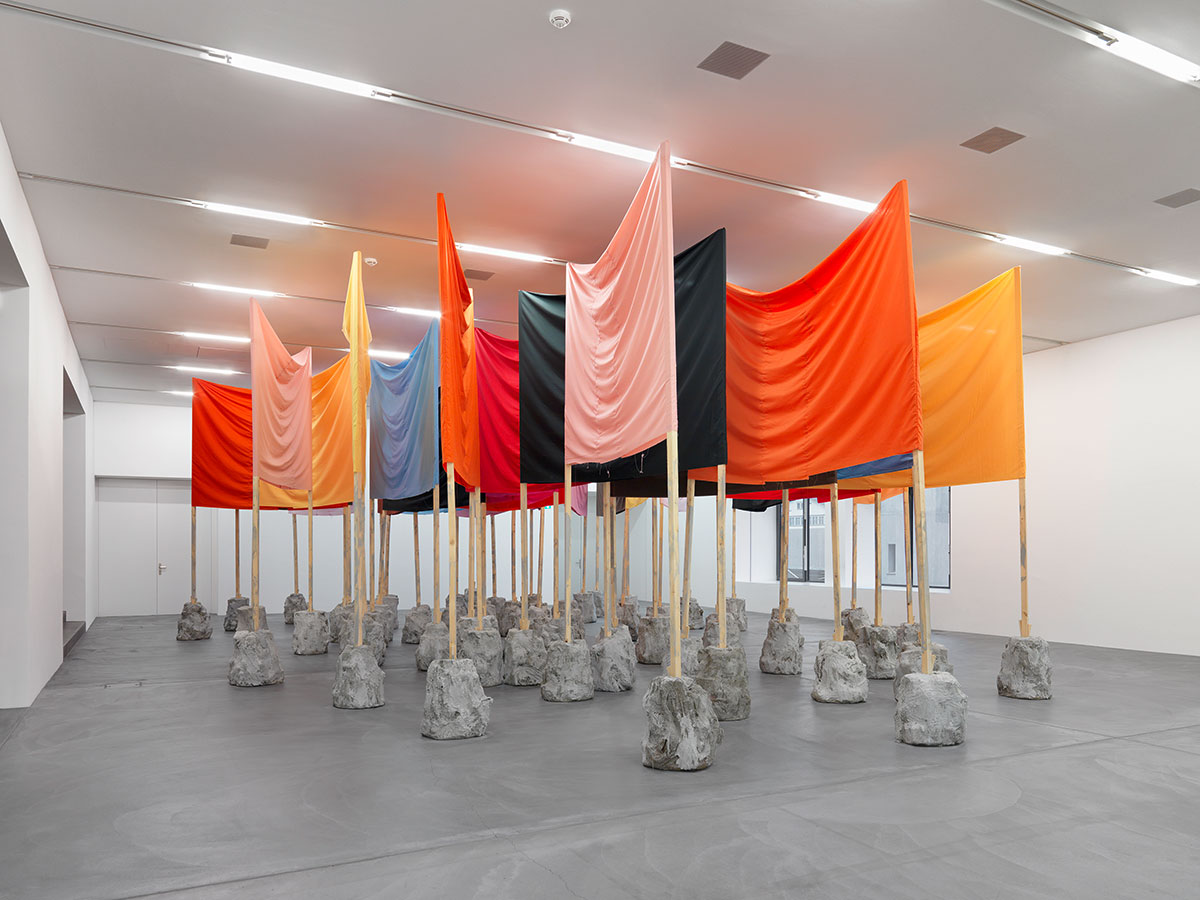 As a draftsman, sculptor, teacher, politician, and activist, as well as action and in-stallation artist, Joseph Beuys fundamentally changed the art of the twentieth century. His influence can still be felt today in artis-tic and political discourses. His centennial in 2021 is an occasion to rediscover, apreciate, and critically question both his complex work and his international appeal.
As a draftsman, sculptor, teacher, politician, and activist, as well as action and in-stallation artist, Joseph Beuys fundamentally changed the art of the twentieth century. His influence can still be felt today in artis-tic and political discourses. His centennial in 2021 is an occasion to rediscover, apreciate, and critically question both his complex work and his international appeal.
By Efi Michalarou
Photo: Kunstsammlung Nordrhein-Westfalen Archive
The exhibition “Everyone Is an Artist. Cosmopolitical Exercises with Joseph Beuys” provides profound insight into the cosmopolitical thinking of Joseph Beuys as manifested in his actions. For here (as an acting, speaking, and animated figure) Beuys examined the central and radical idea of his expanded concept of art: “Everyone is an artist”. The goal of his universalist approach was to renew society from the ground up. More than any other artist of his time, Joseph Beuys connected art with social processes, presenting it within a universal claim to politics, science, philosophy, and economics as a creative, transformative force. Divided into twelve chapters, the exhibition provides profound insight into the cosmopolitical thinking of Joseph Beuys as manifested in his actions. These are for the first time the focus of an exhibition, where they visualize the performative potentials of his art, his actionist activities, his quasi-ritual mode of performing, and his transformative treatment of objects and materials. As an acting, speaking, and animated figure, Beuys examined here the central and radical idea of his expanded concept of art: “Everyone is an artist”. From this, Beuys developed his revolutionary theory of Social Sculpture, which is based on a process of self-transformation. Every individual must see him or herself as an artist and shape his or her life according to the principles of sculpture in order to renew society from the ground up. The creative abilities and the unconditional freedom of the human being inherent in thinking are at the center of his expanded concept of art. In the exhibition, contemporary artists, as well as representatives from the most diverse sectors of society, partake in a multi-dimensional, transcultural dialogue with Beuys. In each case, a particular action by the artist forms the starting point. In this way, not only can the central questions, themes, and action potentials of his utopia of a Social Sculpture, located in the here and now, be revealed, but his theses on the possibilities of a future conceived from art can be further thought through in the multi-layered dialogues with the selected contemporary positions. With regard to the discourses on the potential of cosmopolitical thinking that are being con-ducted worldwide with palpable urgency, Beuys’s search for possibilities of interpersonal solidarity that encompasses all living beings seems more topical than ever. The questions he formulated, the task he set, and a large number of the categories into which he divided these are echoed in all areas of contemporary crisis thinking, whether in art, philosophy, politics, economics, science, or ecological endeavors. The exhibition aims to make this visible by way of example. The exhibition architecture places the actions of Joseph Beuys at the center of its presentation. These are presented in the form of video projections and photographs, each prominently and separately on a wall surface. The actions enter into a fruitful dialogue, an intellectual exchange that heeds Beuys’s demand for a “permanent conference”. This discursive confrontation unfolds in a largely open exhibition layout structured by individual spatial niches, which allows numerous visual axes: both between the multi-layered actions of Joseph Beuys themselves and between these and the contemporary voices. In the sense of equal access, visitors are invited here to explore the transformative power of art as actively perceiving, thinking, speaking, feeling, and acting protagonists.
Positions in the exhibition: Joseph Beuys, B-Town Warriors, Phyllida Barlow, Nelly Ben Hayoun-Stépanian, Fatou Bensouda, Huma Bhabha, Dineo Seshee Bopape, Angela Davis, Dusadee Huntrakul, Charles Foster, Núria Güell, Donna Haraway, Raphael Hillebrand, Jenny Holzer, Michel Houellebecq, Mierle Laderman Ukeles, Zoe Leonard, Goshka Macuga, Milk Tea Alliance, Lutz Mommartz, Tuan Andrew Nguyen, William PopeL., Tejal Shah, Vandana Shiva, Santi-ago Sierra, Patti Smith, Edward Snowdon, Christopher D. Stone, Suzanne Lacy, The Otolith Group, Thich Nhat Hanh, Greta Thunberg, and Malala Yousafzai.
Photo: Phyllida Barlow, STREET untitled: banners, 2010. Fabric, sawn wood, styrofoam, cement, cotton, approx. 400 × 900 × 500 cm (installation dimension), installation view, Migros Museum of contemporary art, Zürich, Photo: Stefan Altenburger Photography, Zurich, © the artist
Info: Curators: Isabelle Malz, Catherine Nichols and Eugen Blume, K20-Kunstsammlung Nordrhein-Westfalen, Grabbeplatz 5, Düsseldorf, Duration: 27/3-25/8/2021, Days & Hours: Tue-Fri 10:00-18:00, Sat-Sun 11:00-18:00, www.kunstsammlung.de

